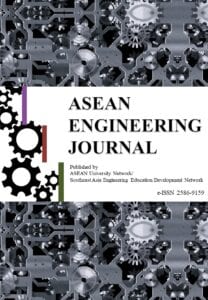PROBABILISTIC SEISMIC HAZARD ASSESSMENT FOR YANGON REGION, MYANMAR
DOI:
https://doi.org/10.11113/aej.v3.15529Abstract
According to the seismicity and the records of the previous considerably high magnitude earthquakes, Yangon Region can be regarded as the low to medium seismicity region. Moreover, tectonically the region is surrounded by the subduction zone between the Indian Plate and Burma Plate to the west and the right lateral Sagaing fault to the east. The most significant earthquake happened around this region is the Bago earthquake of 5th May, 1930 with the magnitude of 7.3. This earthquake caused 500 casualties and great destruction in Bago. However, considerable damage and 50 deaths were recorded in Yangon. It was originated from the Sagaing fault. The seismic hazard analysis is performed for Yangon Region by applying the probabilistic way. In conducting seismic hazard analysis, firstly the most possible seismic sources are identified and the seismic source parameters are then determined for each sources. Based on the seismicity, focal mechanism study of the previous events, and the geological data, the main seismic sources to cause the earthquake potentials for this region are subduction zone of Indian Plate beneath Burma Plate, Sagaing fault, and Kyaukkyan fault. Including those sources, thirteen areal seismic sources and two fault sources are identified. After that the seismic source parameters such as the seismicity parameters of a- and bvalues, maximum magnitude of earthquake potentials and earthquake recurrence parameters for certain magnitude of each seismic source are estimated. The seismic hazard analysis is carried out for 10% and 2% probabilities of exceedance in 50 years and the seismic hazard maps are represented in terms of peak ground acceleration and spectral acceleration at the periods of 0.2s and 1.0s for those recurrence intervals.
















